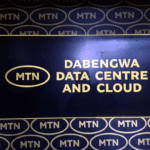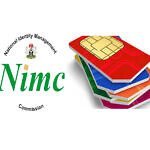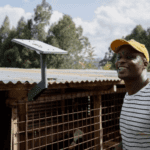Starlink’s direct-to-cell (D2C) service is shaking up the telecom market and pushing mobile network operators (MNOs) to rethink their strategies or risk falling behind. Elon Musk’s satellite internet company launched its D2C technology globally between 2024 and 2025. This service lets users with regular 4G and 5G smartphones connect directly to Starlink satellites for texting, calls, and internet, without needing traditional mobile networks.
In Nigeria, Starlink has already disrupted the fixed broadband market by offering fast and reliable internet. With over 65,000 subscribers, it has become the second-largest internet provider in the country.
Experts say the rise of Starlink’s direct-to-cell D2C service puts major pressure on traditional telecom companies. Ernest Akinlola, a former CEO of a Nigerian telecom firm, said the new satellite service works well with current smartphones and doesn’t rely on ground-based towers or cables. He believes mobile network operators must start working with Starlink to offer bundled services if they want to keep their customers.
Even though satellite internet speeds currently trail 4G in some areas, Akinlola noted that the gap is closing fast. As satellite technology improves, experts expect it will soon match 4G speeds, offering a real alternative for users.
Tech giants like Google and Meta are also affecting telecom revenue. These companies now use app-based or email verification instead of SMS-based one-time passwords (OTPs). Since telcos earn money from sending SMS OTPs, this switch could hurt their income. Akinlola pointed out that fewer people now use SMS, adding another challenge for telecom providers.
In response, big players like MTN and Airtel have started fighting back. Both companies partnered with low-Earth orbit (LEO) satellite firms such as OneWeb to expand broadband services. Airtel has even installed satellite dishes for OneWeb’s LEO service in Lagos and trained local teams to manage the technology.
Telecom companies have long focused on building towers, laying fibre optic cables, and covering cities. But expanding to rural areas is expensive. That’s why satellites are becoming a smarter option for improving access across the country.
Morenikeji Aniye, CEO of Hotspot Network Limited, said investing in satellite internet is essential. It helps fix weak network areas and brings better coverage, especially to remote regions. His company is also working on projects to improve nationwide connectivity.
- FiberOne Plots Bold Internet Upgrade
- Visa Launches First African Data Centre in South Africa
- Dabengwa: MTN Nigeria Opens West Africa’s Largest Data Centre
- SIM Services Disrupted Across Nigeria Over NIMC Migration
- Starlink resumes sign-ups in Nairobi after seven-month pause
- Starlink Rolls Out in Lesotho, Expanding to 24 African Nations













One reply on “Starlink’s Direct-to-Cell Tech Threatens Mobile Network Operators”
[…] even with these limitations, Starlink still outpaces many traditional Internet Service Providers (ISPs) in Nigeria and elsewhere. In […]